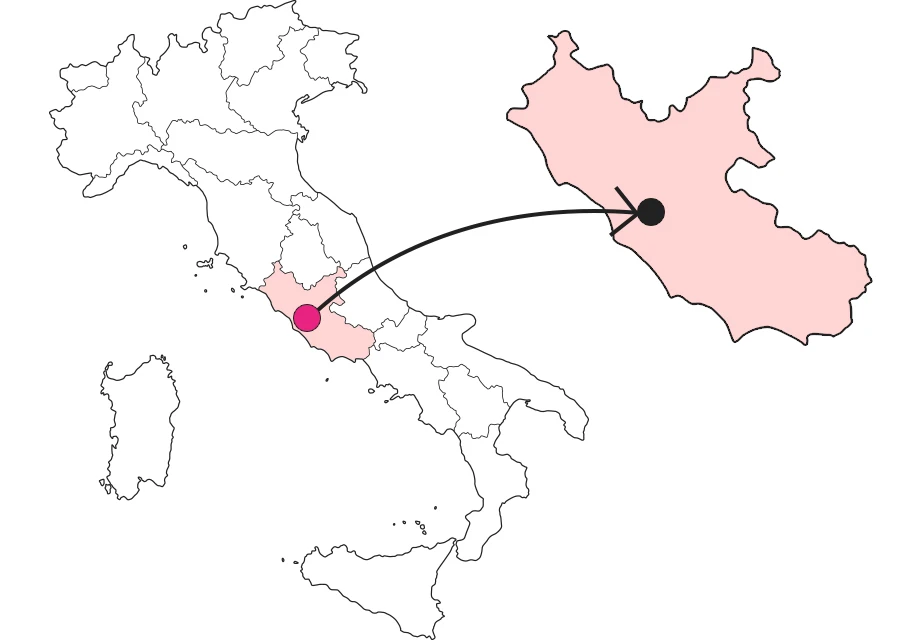










Where

What it is and where it is
Set like a gem in the rock face of Mount Taleo, near Subiaco, is the Sanctuary of the Holy Speco, or Monastery of St. Benedict. The reddish stones make it clearly visible on the side of the mountain, and its elegant and light forms seem to give it a momentum toward the valley and toward the sky, like a bridge, a ferryboat capable of connecting people and God. Looking closer, however, we see how everything is firmly anchored to the rocks, in whose bowels lies the cradle of the spirituality of this place.
Why it is special
Inside the monastery, harmonious architecture alternates with narrow passages carved into the bare rock. The alternation between the natural and artistic elements is so spontaneous and delicate that it is difficult to truly draw a line. This is clearly perceived when visiting the two overlapping churches and the multiple little chapels that follow the course of the rock face, all beautifully frescoed. As you walk through them, you make a preparatory journey to the spiritual treasure of the monastery, kept in the lower church: the Grotto of St. Benedict.
Not to be missed
It is a richly decorated floor that takes us up to the grotto that is the beating heart of the sanctuary. Indeed, this is the very place where, in the early 6th century, the very young St. Benedict of Norcia lived as a hermit, following the example of the anchorite fathers. Here he was able to mature that charisma and spirituality that in a few years led him to found the first monastic communities along the valley of the Aniene River: the embryo from which the entire Western monasticism would develop. Even today, the cave preserves the authentic sense of St. Benedict's fuga mundi, the foundation of every choice of monastic life.
A bit of history
St. Benedict's Grotto became a place of worship as early as the 6th century, and the oldest artistic evidence dates back to the 8th century. Beginning in the second half of the 11th century, the evolution of the structure we know today began, marked by the surprising balance between the human and natural elements, between architecture and rock.
Enter the Map of Italy's Undiscovered Wonders and find treasures where you least expect it... Inspire, Recommend, Share...
Collections
The Map thanks:
In the Community
Enter the Map of Italy's Undiscovered Wonders and find treasures where you least expect it... Inspire, Recommend, Share...
Where

Collections




